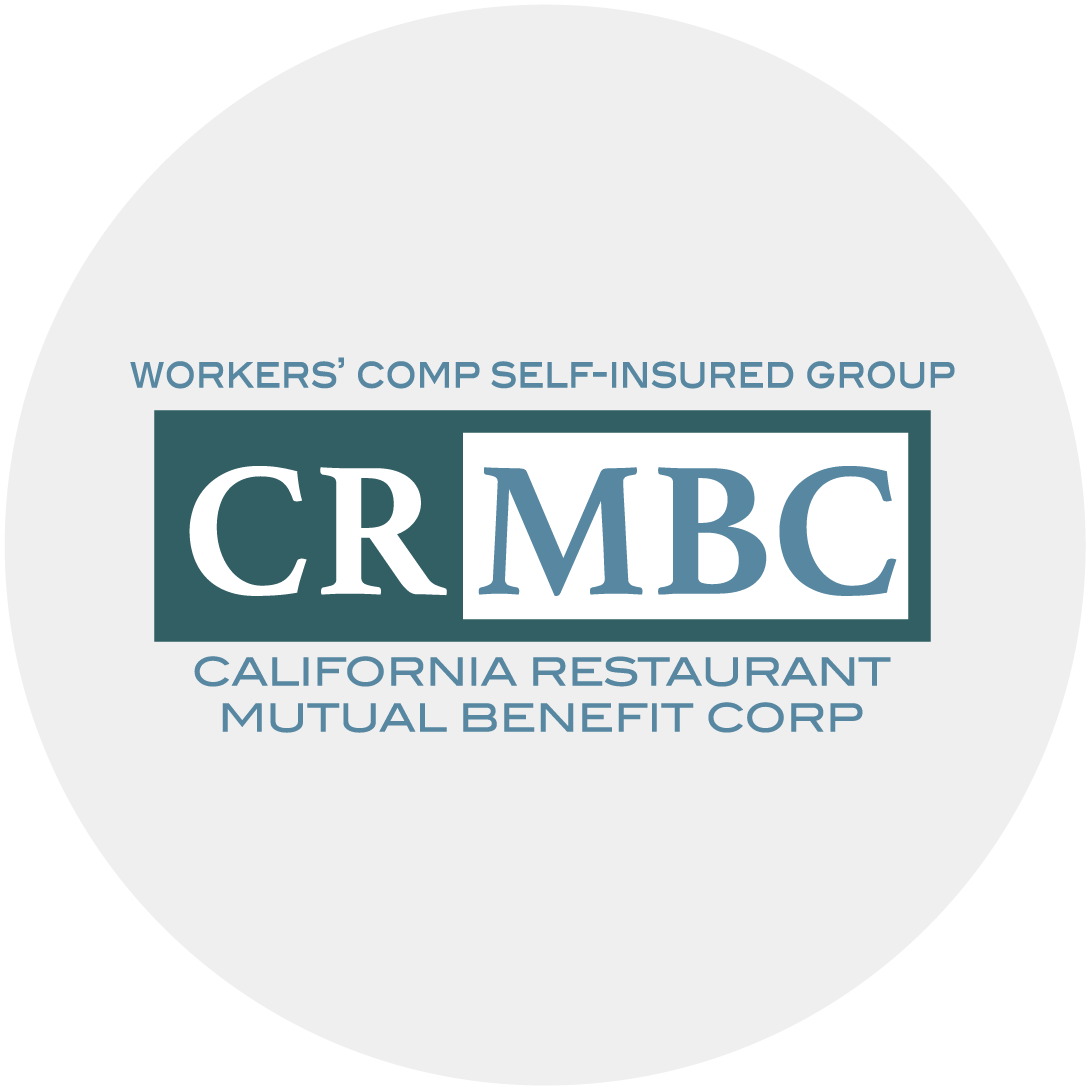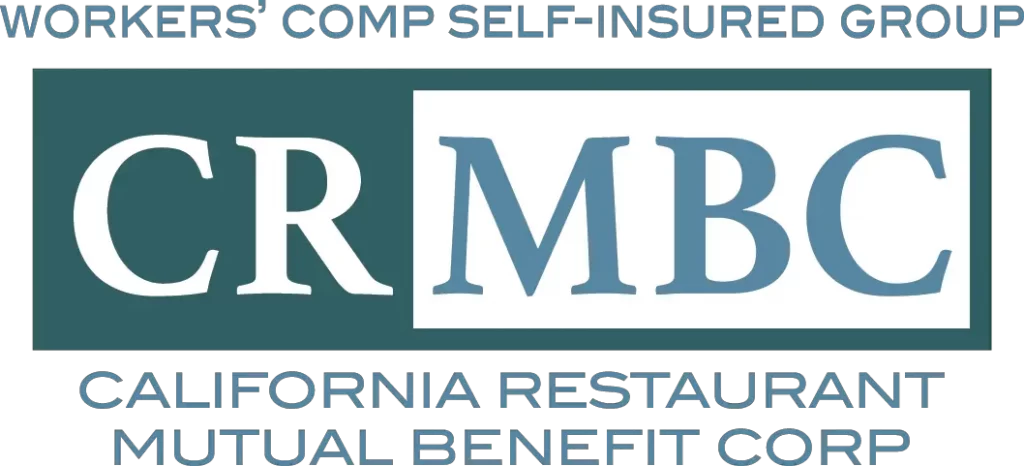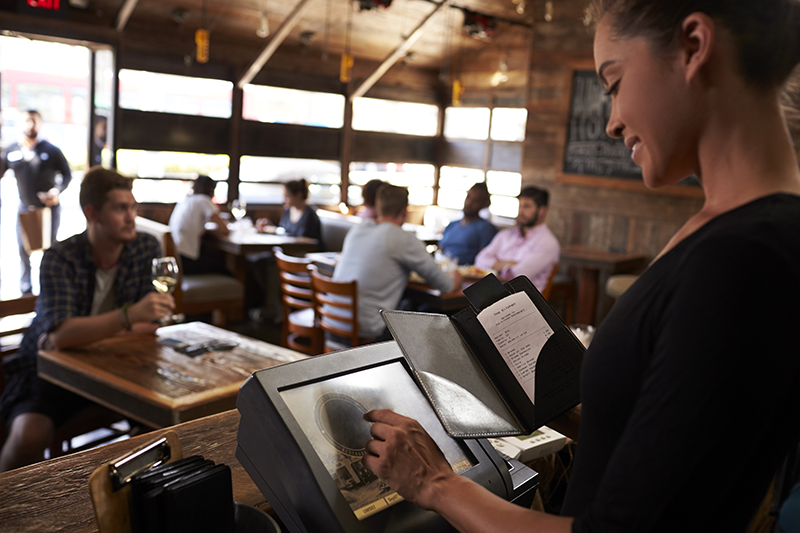DO NOT IGNORE THIS BLOG POST: Poor cybersecurity could shut down your business and potentially lead to bankruptcy. This is not an exaggeration; recent incidents involving significant companies like Verizon and Bank of America underscore the real and immediate dangers all businesses face today. This post is the second in a five-part series focused on enhancing cybersecurity in the restaurant industry.
Digital payments are essential to your restaurant but also bring significant risks. A breach not only threatens your customers’ sensitive information but can also damage your reputation and drain your finances. According to the 2023 IBM Cost of a Data Breach Report, the average cost of a data breach in hospitality is $4.1 million. This risk is one no restaurant owner can afford to ignore. But security doesn’t have to be overwhelming. Here are practical steps to secure your POS systems and protect your business.
1. Adopt EMV Technology and Reduce Fraud
The introduction of EMV (chip) cards was a game-changer for payment security. Restaurants implementing EMV technology have seen a 76% reduction in card-present fraud. Despite these benefits, as of 2024, a significant portion of small restaurants—nearly 33%—remain non-compliant, leaving themselves vulnerable to fraud. EMV chips provide dynamic authentication for each transaction, making it much harder for fraudsters to duplicate card data.
Action Step: Upgrade your POS system immediately if it doesn’t support EMV payments. This technology significantly reduces your liability for fraudulent transactions and provides a safer payment environment for customers.
2. Confirm your processor has Enabled Point-to-Point Encryption (P2PE)
POS systems contain a treasure trove of customer data; if it isn’t protected, it can be intercepted during payment. P2PE ensures that card data is encrypted from the moment it’s entered until it reaches the payment processor, reducing the chances of it being compromised during transmission.
Action Step: Ask your POS provider if P2PE is supported and, if not, switch to a provider offering this security level. It’s a cost-effective solution that drastically reduces your risk of data theft.
3. Keep Your POS Software and Firmware Updated
One of the most straightforward yet overlooked steps in securing your POS system is ensuring that your software and firmware are always up to date. Cybercriminals are constantly searching for vulnerabilities in outdated systems. Vendors regularly release patches to fix these vulnerabilities, but if your system isn’t updated, you leave a door open for attackers. Automatic updates should be turned off so that you do not experience any unexpected downtime in the event your vendor pushes an update to you.
Action Step: Schedule regular system checks to ensure all software and hardware is up-to-date. If possible, transition to a cloud-based system that handles updates automatically, minimizing the chances of a breach.
4. Segment Your Networks
Network segmentation is a critical strategy in reducing the damage of potential cyberattacks. If your POS system shares the same network as your guest Wi-Fi, a hacker who accesses the public Wi-Fi could easily infiltrate your payment systems. Keeping your POS system on a separate, secured network minimizes this risk.
Action Step: Work with an IT professional to set up network segmentation. Ensure your POS system operates on its secure network while guest Wi-Fi is isolated to prevent cross-access.
5. Train Your Employees
Even with the most advanced security tools, your employees can inadvertently open the door to hackers. Phishing scams, weak passwords, and unauthorized access are common culprits in POS security breaches. According to the 2020 Verizon Data Breach Investigations Report, 97% of security incidents in the accommodation and food services industry involved point-of-sale intrusions or payment card skimmers.
Action Step: Implement mandatory, ongoing security training for all employees. This should cover basic security practices, such as recognizing suspicious emails, setting strong passwords, and immediately reporting suspicious activity on the POS system.
6. Invest in Multi-Factor Authentication (MFA)
Password protection alone is no longer sufficient to secure POS systems. Multi-factor authentication (MFA) adds an extra layer of security by requiring two verification forms before granting access to the system. This could be something the user knows (like a password) and something they have (like a smartphone with a verification app).
Action Step: If your POS system doesn’t support MFA, ask your provider about upgrading. This small investment can significantly increase your system’s security.
7. Regularly Review and Audit Your POS Security
It’s important to regularly audit your POS system to ensure that everything is functioning securely. This should include reviewing access logs, checking for anomalies, and verifying that your software and firmware are up-to-date.
Action Step: Schedule annual security audits with your IT provider and consider investing in real-time monitoring tools that alert you of suspicious activity.
8. Have a Breach Response Plan
Despite your best efforts, breaches can still happen. Having a plan in place for responding can make all the difference in minimizing the damage. A well-structured response plan should include steps for isolating the compromised system, notifying affected parties, and engaging legal and cybersecurity experts to handle the situation.
Action Step: Draft a breach response plan and train your staff. This plan should outline immediate actions to take in case of a breach, including how to communicate with customers and stakeholders.
Protecting Your Restaurant’s Future
Protecting your POS system is not optional—it’s a business necessity. With the increasing frequency of cyberattacks and the high breach costs, restaurant owners must take proactive steps to secure their systems. From adopting EMV technology to training employees and implementing multi-factor authentication, these practical steps will ensure your restaurant is better equipped to defend against threats and maintain the trust of your customers. By taking action now, you can safeguard your customers’ data and the future of your business.
For further insights and guidance on safeguarding your restaurant from cyber threats, consider subscribing to industry resources or consulting cybersecurity professionals.
This blog post is the second in a five-part series focused on enhancing cybersecurity in the restaurant industry. In the upcoming posts, we will explore more detailed strategies and best practices for protecting your restaurant against cyber threats, including combating phishing attempts, building ransomware resilience, and implementing the NIST Cybersecurity Framework.

Discover CRMBC’s expertise in workers’ compensation for California restaurants, featuring valuable insights, updates, and strategies for industry success.








